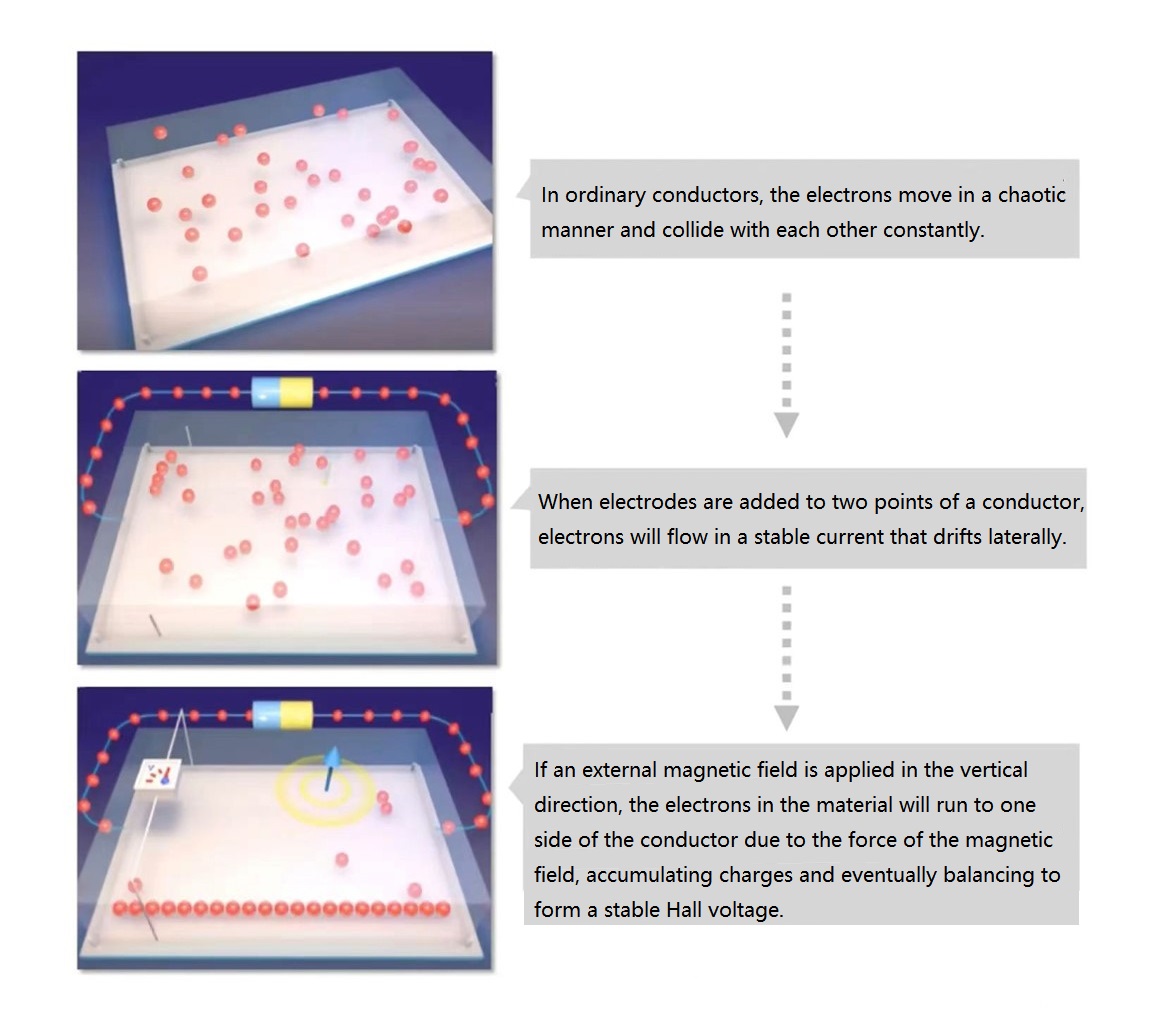Accurately measuring magnetic field strength is critical for industries relying on neodymium (NdFeB) magnets, from quality control in manufacturing to optimizing applications in motors, sensors, and medical devices. A Gauss meter (or Tesla meter) is the go-to tool for this task. In this guide, we’ll explain how to use a Gauss meter effectively and why precise measurements matter for NdFeB magnet performance.
The working principle of the Gauss meter is mainly based on the application of the Hall effect: when a current-carrying conductor is placed in a magnetic field, due to the action of the Lorentz force, a transverse potential difference will appear in the direction perpendicular to both the magnetic field and the current. The gaussmeter is an instrument for measuring the magnetic field based on the principle of the Hall effect. The Hall probe generates a Hall voltage in the magnetic field due to the Hall effect. The measuring instrument converts the magnetic field strength value based on the Hall voltage and the known Hall coefficient.

The current Gauss meter is generally equipped with a unidirectional Hall probe, which can only measure the magnetic field strength in one direction, that is, it can only measure the magnetic field strength perpendicular to the direction of the Hall chip. In some high-end measurement fields, there are also Hall probes that can measure three-dimensional magnetic fields. Through the conversion of the measuring instrument, the magnetic field strength in the X, Y, and Z axis directions can be displayed at the same time, and the maximum magnetic field strength can be obtained through trigonometric conversion.
Notes on using Gauss meter:
1. Do not bend the probe excessively When using a Gauss meter to measure the meter. The Hall chip at the end should generally be lightly pressed against the surface of the magnet. This is to ensure that the measuring point is fixed, and on the other hand, it is to ensure that the probe is close to the measuring surface and is horizontal to the measuring surface, but do not press hard.
2. Both sides of the Hall chip can be sensed, but the values and polarities are different. The scale surface is used for convenient point selection and cannot be used as a measuring surface. The non-scale surface is the measuring surface.

The Gauss meter measures the magnetic field strength Bz of the default vertical measurement surface. The magnetic field strength B will be stronger than the center, but Bz is not necessarily stronger than the center. It is just the area limitation of the Hall chip measurement. Generally, the measured magnetic field strength of the corner is stronger than the center, at least not lower than the center magnetic field.
It is important to note here that when the magnetization directions are different, the measurement values will differ greatly even for the same measurement surface.
Copyright @2024 Nanjing Huajin Magnet Co., Ltd. All Rights Reserved.
Sitemap
/ Blog
/ Xml
/ Privacy Policy
 Network Supported
Network Supported
